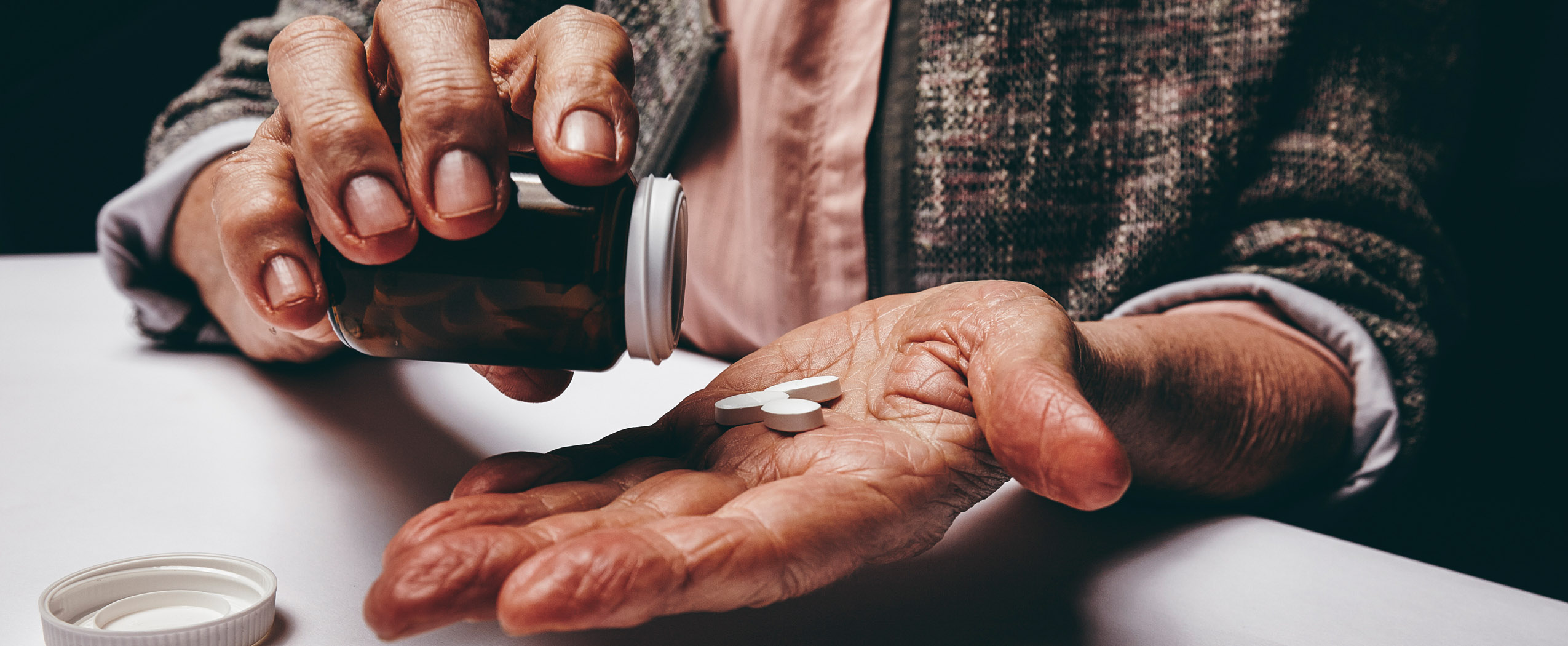Tag: pill
-

An Overlooked Epidemic: Older Americans Taking Too Many Unneeded Drugs
Consider it America’s other prescription drug epidemic. For decades, experts have warned that older Americans are taking too many unnecessary drugs, often prescribed by multiple doctors, for dubious or unknown reasons. Researchers estimate that 25 percent of people ages 65 to 69 take at least five prescription drugs to treat chronic conditions, a figure that jumps to nearly…